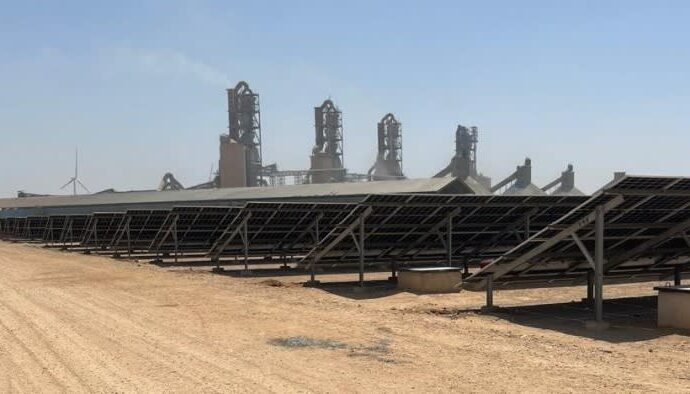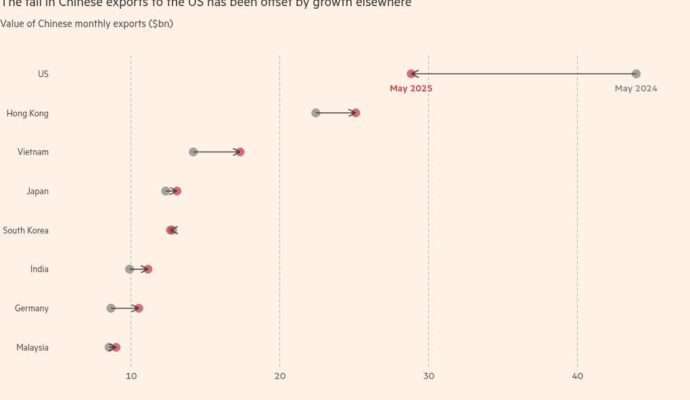
Hong Kong’s “fake news law,” which would target what authorities consider misinformation, is the latest attempt, after the forced closure of Apple Daily, to keep views that clash with official narratives out of the media. While the details of the legislature are still lacking, views have already changed revolving around what is considered the “truth” versus “fake news” in incidents that define the city, whether in the near or distant past.
Take the violent crackdown of the 1989 student-led democratic movement in China, often referred to as the “June 4 Incident” in China. “Back at the time, the people of Hong Kong did not fully understand why the June 4 incident happened,” Hong Kong Legislator Ma Fung-Kwok proclaimed earlier this year. “Time and history had yet to verify it. There was a lot of fake news back then, and there may have been foreign intervention… I’m starting to accept the fact that no one died in Tiananmen Square.”
Another legislator, Paul Tse claimed that “some of the Tiananmen Square protesters might have attacked or even killed some military guards. Even if the military fought back, they were only protecting themselves and the country.”
Essentially, Tse and Ma have joined the chorus of Beijing’s propaganda: The “June 4 incident” is fake news constructed by foreign forces. Instead, on June 4, 1989, the People’s Liberation Army secured peace against violent, brainwashed students, all for future prosperity of the country.
Their denial of what is also known as the Tiananmen Square Massacre reflects a dramatic change in the prevailing narrative in Hong Kong. In the immediate aftermath back in 1989, even today’s pro-establishment figures joined people from left and right in sympathizing with the student protesters. They signed declarations denouncing the crackdown and demanding greater democracy. Since then, the politicians have walked a fine line, balancing pressure from Beijing and their own conscience. Legislator Chan Yuen-Han, for example, would excuse herself from discussing the official motion on commemorating the bloody crackdown on the incident’s anniversary, but she would privately remind others not to forget history. In 2012, the Hong Kong chief executive candidates Chun-Ying Leung and Henry Tang, in their election debate, even referred to the incident as “a tragedy.”
Their display of unofficial opinions was made possible by the pocket of freedom that Hong Kong used to enjoy in China, which still censors the mention of the June 4.
The National Security Law changed the lay of the land. In the city that used to pride itself on being the lone light in China, publicly commemorating the events of June 4 for 30-plus years, sympathizing is no longer an option. Not toeing Beijing’s line could lead to dire consequences. So now the pro-establishment camp has finally forgone their integrity, embracing the new normal.
For another episode of repression, fast forward 30 years to the Hong Kong protests in 2019. You will see the same storyline in Beijing’s portrayal of what is “true” and “false.”
According to the government line, two major brutal attacks against protesters (the July 21 mob attack and August 31 MTR station incident) are fake news. The protesters were instigated by foreign forces; the Hong Kong Police reacted with proportional force to the protest violence.
Underlying Beijing’s formula to explain away its violent suppression is the same logic, whether for the 1989 democratic movement, the 2019 Hong Kong protests, or even the 1959 Tibetan uprising. Reports of the resulting casualties are dismissed as “fake news” by taking them out of context, discrediting the source, or casting doubts on eyewitnesses’ credibility for incidents that happened decades ago. If deaths and injuries among the protesters could not be concealed, the government would claim that the two sides were evenly matched in strength, or accuse the other side of being thugs, terrorists, or the side that “used force first,” claiming that the security forces “responded passively.” If the victims were clearly on the vulnerable side, the government would label them as outcasts of society, who turned into “traitors” seeking to “divide the nation.” Faced with undeniable public outcry, Beijing would bring up its favorite boogeyman— “malicious foreign forces” that incite opposition to undermine the country. When all else fails, if the public still believes that the fault lies with the establishment, the government would play the trump card – appealing to “social stability,” which insinuates that casualties are acceptable trade-offs for economic development and national security.
In Hong Kong, these narratives are imposed from above through the National Security Law. The law eliminates any room for sympathizing with dissidents, gives the pro-establishment a set line to take, and provides legal means to suppress any alternative accounts, in order to create a unified interpretation in Hong Kong’s public sphere.
A more worrying trend, though, is evident on social media, which transcends borders.
“Repeat a lie often enough, and it becomes the truth.” This statement by the Nazi Joseph Goebbels captures the essence of how repeating a misrepresentation can fabricate an “illusion of truth,” a propaganda technique well understood by authoritarian regimes. The Soviet Union and Nazi Germany mastered it in their countries, but they had little success in exporting their propaganda to sway the opposite camps. Today, China poses a bigger threat than the two regimes did in their respective eras: In the age of big data, China’s population and resources give it a tremendous edge in our hyper-connected world.
Within its borders, Beijing has already finetuned its sophisticated propaganda machine. Numerous individuals fully buy into the state’s propaganda and, under a strong nationalistic atmosphere, many of them are vocal on digital platforms such as social media. Together with the People’s Liberation Army’s official cyber warfare unit, they practically form an army of keyboard warriors to propel the state narrative. This army, conscripted from a country with 1.4 billion people, can produce a sheer volume of posts and interactions unmatched by any other countries. On the internet, where algorithms often award popularity, if all Chinese netizens put their efforts toward pushing one singular message, it could become mainstream and be perceived as the truth.
As I observed in the discussion revolving around the June 4 incident, the internet is not a platform for China’s keyboard warriors to understand the broader world, but a place to show off their power. Hyper nationalists, aided by the state’s advanced technology, flooded social media with posts aligning with the state-sanctioned narrative, positioning the state’s view as “the truth.” The sheer volume took up all the oxygen on these platforms, making it impossible for different viewpoints to establish a foothold. In the same way, the Chinese state could fabricate narratives that align with its needs, extending its influence globally via social media.
Beijing has already built a firewall around its intranet, shutting out the West and banning its citizens from the Western digital platforms. However, Beijing is letting the Chinese army of keyboard warriors roam freely over the Great Firewall to promote it narratives abroad. Should the West change the fundamental openness of its internet to keep China’s nationalists at bay? This would eventually split the virtual world into two: China’s intranet and the global internet for the rest of the world.
As the West is pondering over the economic or philosophical arguments, the clock is ticking. The Chinese-speaking virtual world is already going down. Once auto-translation technologies have matured, the language barrier for the keyboard warriors will be broken through – and by then it might be too late to keep the Chinese propaganda machine in check.
An authoritarian regime revising public understanding with fabricated narratives, through the use of technology – does this dystopian vision unfolding in Hong Kong foreshadow the future for the rest of the world?


